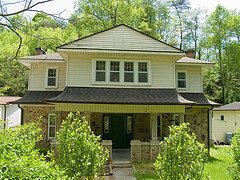Lien Stripping in Chapter 13
Lien Stripping in Chapter 13 : Is it For You?
The process known as lien stripping is the opportunity to strip an unsecured second or third mortgage, or home equity line of credit from real property, and is one of the most beneficial aspects of filing a chapter 13 bankruptcy, as opposed to a chapter 7, which can save debtors tens of thousands of dollars. The process greatly benefited debtors who filed for Chapter 13 bankruptcy after the housing market plummeted.
To determine whether a debtor is eligible for lien stripping, a bankruptcy attorney will first analyze is the current value of the property. The debtor will have to obtain an appraisal of their property from an impartial appraiser. If the value of the property is less than the amount of the first mortgage any junior liens can be avoided completely. The amount of the first mortgage only needs to be more than what the value of the property is – even if this is only one dollar. For example, if a debtor has a house that is appraised at $100,000 and a first mortgage worth $100,001 any junior mortgage is considered wholly unsecured and avoidable in chapter 13.
After a chapter 13 plan is approved by the court, the debtor’s attorney will file an adversary proceeding against the lien holders holding any junior liens on the property, moving the court to avoid these liens. If it is determined that the liens are in fact wholly unsecured, the court will issue an order that the liens will be avoided on successful completion of the chapter 13 plan. If the debtor fails to successfully complete their chapter 13 then the liens are not avoided and remain on the property. This power of lien avoidance gives debtors with second and third mortgages that are unsecured an extra incentive to successfully complete their bankruptcy.
Do you have real property with more than one lien and the property is worth less than what you purchased it for?

